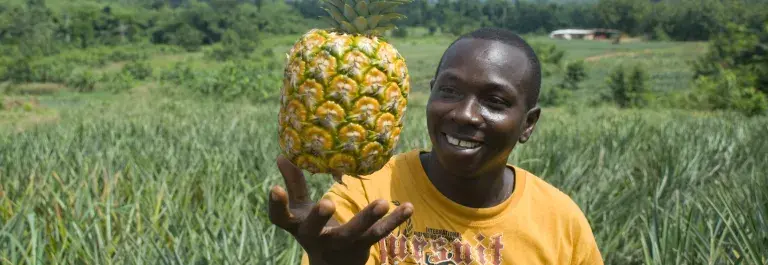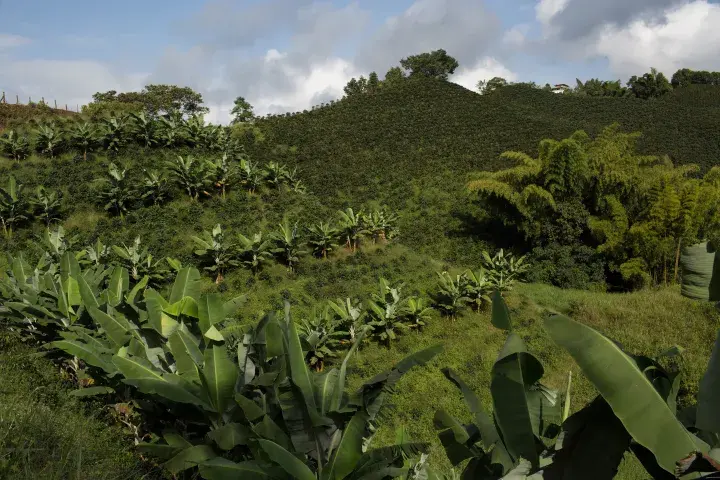Closing the income gap for farmers
Creating the enabling conditions to support the achievement of a living income is paramount to the members of the Living Income Community of Practice, an alliance for improving smallholder incomes.
Through co-operation across the community of practice, experts have been able to share their experiences of the complex work of closing the income gap for farmers. The group has been mapping what they have each been working on and what is most effective. And, as a result, they have prevented duplication and been able to identify potential partners.
The group has now identified clear links across a range of initiatives underway, which was highlighted during discussions at a recent two day event in Bonn. As actors and sectors interacting with smallholders are diverse, the need for partnership and alignment with others to support a framework for action and the ability to scale up effective solutions is essential.
Innovative solutions to build value over time
Participants discussed how smallholder households are very diverse; however, financial products are not always tailored to their needs, aspirations or characteristics. The importance of segmenting smallholder households and conducting deeper analysis on group characteristics was emphasised as a way to create appropriate financial products for leveraging incomes.
Speakers explained how pricing and trading model strategies are challenging as smallholders face extreme price volatility and often extended periods of low prices, meaning low returns for their cash crops and a disincentive to invest in their farms.
Innovative companies are combining premium and living income pricing with trade mechanisms like longer term contracting and partnerships to build value over time with smallholder suppliers. Companies are prevented from agreeing on minimum prices themselves, so the work of third parties like Fairtrade on competition law innovation for sustainability commitments was also discussed.
Routes to successful income diversification
Income diversification becomes key when a farmer’s main cash crop is not generating sufficient income for their families. Two farmer leaders described routes to successful income diversification, which included provision of technical services, the enhancement of farmer interest and commitment, the strengthening of the ability for cooperatives to pre-finance, and making use of living income benchmark research to begin a process of analysing the most promising routes to diversification and living income.
Partnerships have a proven multiplier effect
Closing the income gap is about systemic change. One aspect, building partnerships, was highlighted through the example of the Malawi Tea 2020 initiative, which showed that partnerships have a proven multiplier effect when it comes to driving change.
There is no silver bullet or simple solution to the issue of poverty, but there is a need to take into account how to mitigate risks and look at the whole system, considering a range of elements and consequent actions.
Living income is part of the bigger sustainable livelihoods picture which requires measures to deal with concerns on multiple angles (social, environmental and economic) and multiple actors coming together.


